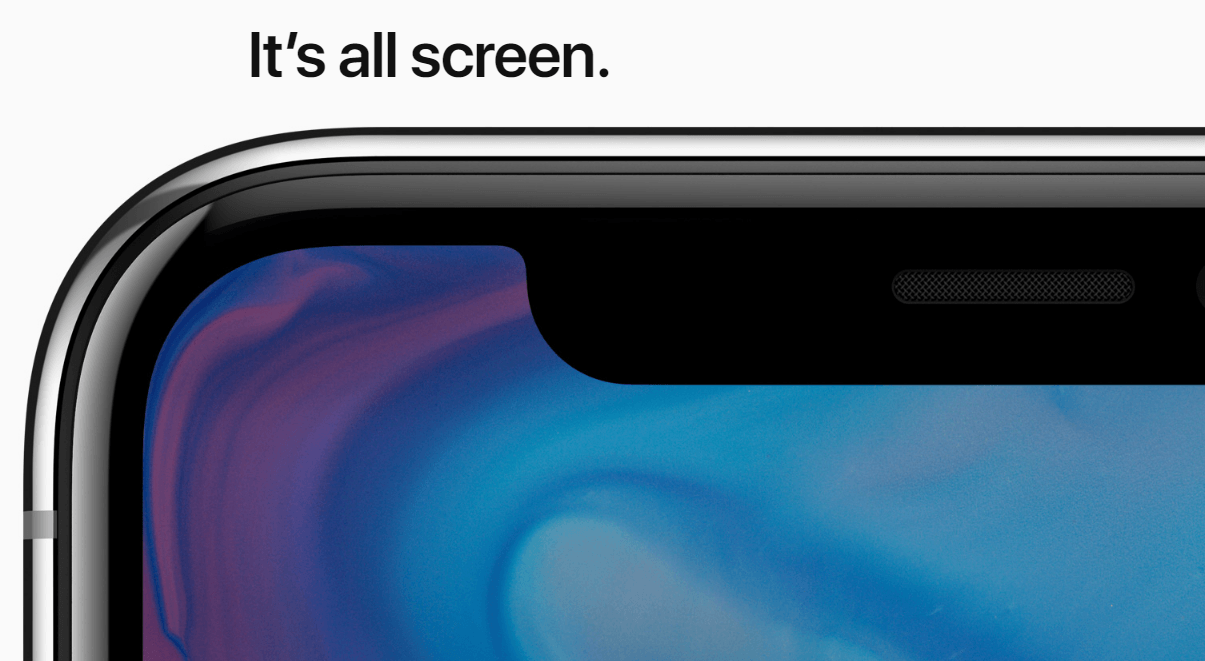
It is no big secret that OLED is one of the most advanced display technologies currently, outperforming the existing IPS LCD display panels in both contrast and color vibrancy. Large smartphone manufacturers start equipping their flagship model phone with OLED or AMOLED screens. Apple now also put a 5.8-inch OLED panel on its latest high-end smartphone, the $999 USD iPhone X. However, screen burn-in and image retention are the main issues affecting all OLED screen for quite a long time. And Apple explained the details of iPhone’s display in a recently published document.
Screen Burn-in
When you are constantly displaying a fixed image (especially in high contrast) on a screen, part of the display will have a noticeable color shift that cannot be recovered by any means. For OLED, it is caused by the individual LEDs’ degradation, that it no longer outputs the correct colors and brightness. Screen burn-in can also affect other display types, but OLED is relatively more susceptible.
Image Persistence/Retention
This problem is essentially the same as screen burn-in, but it is only temporary and will disappear after a period of time.
Apple:
The Super Retina display in iPhone X was engineered by Apple to meet our incredibly high standards. We believe this is the best OLED display that has ever shipped in a smartphone…
The iPhone X’s “Super Retina display” offers a 1,000,000:1 contrast ratio with High Dynamic Range (HDR) support, while providing high resolution and wide color gamut (DCI-P3). According to Apple, the precisely calibrated display has the best color accuracy in the industry.
However, Apple also acknowledged the fact that every OLED panel may have special display issues. When viewing the screen off-angle, slight shifting of color and hue is normal. Screen burn-in and image persistence are expected after extended use, causing the slight visual changes. Apple said they have engineered the display to reduce the negative effects.
Apple listed out a few ways to extend the lifespan of the iPhone X’s OLED display.
- Updating to the latest version of iOS, whenever possible. Newer software may implement new measures to minimize screen burn-in and image persistence of the OLED panels, such as pixel shifting.
- Turning on Auto-Brightness in the settings. Higher brightness increases the degradation for the LEDs.
- Turning on Auto Lock in settings. This reduces the overall screen on time for the display, when you are not using it.
- Do not display static images at maximum brightness for a long duration.
You can check out more details about the iPhone X’s OLED display on Apple’s website.
Feel free to leave comments below, if you have any opinion about this website. Share the website around if you enjoy reading it. Subscribe to our Newsletter or follow our Google+, Facebook and Twitter.
Support this website simply by shopping in Amazon. It will give us small kickbacks, if you use the above affiliate links to make any purchases, which will help us grow.





















